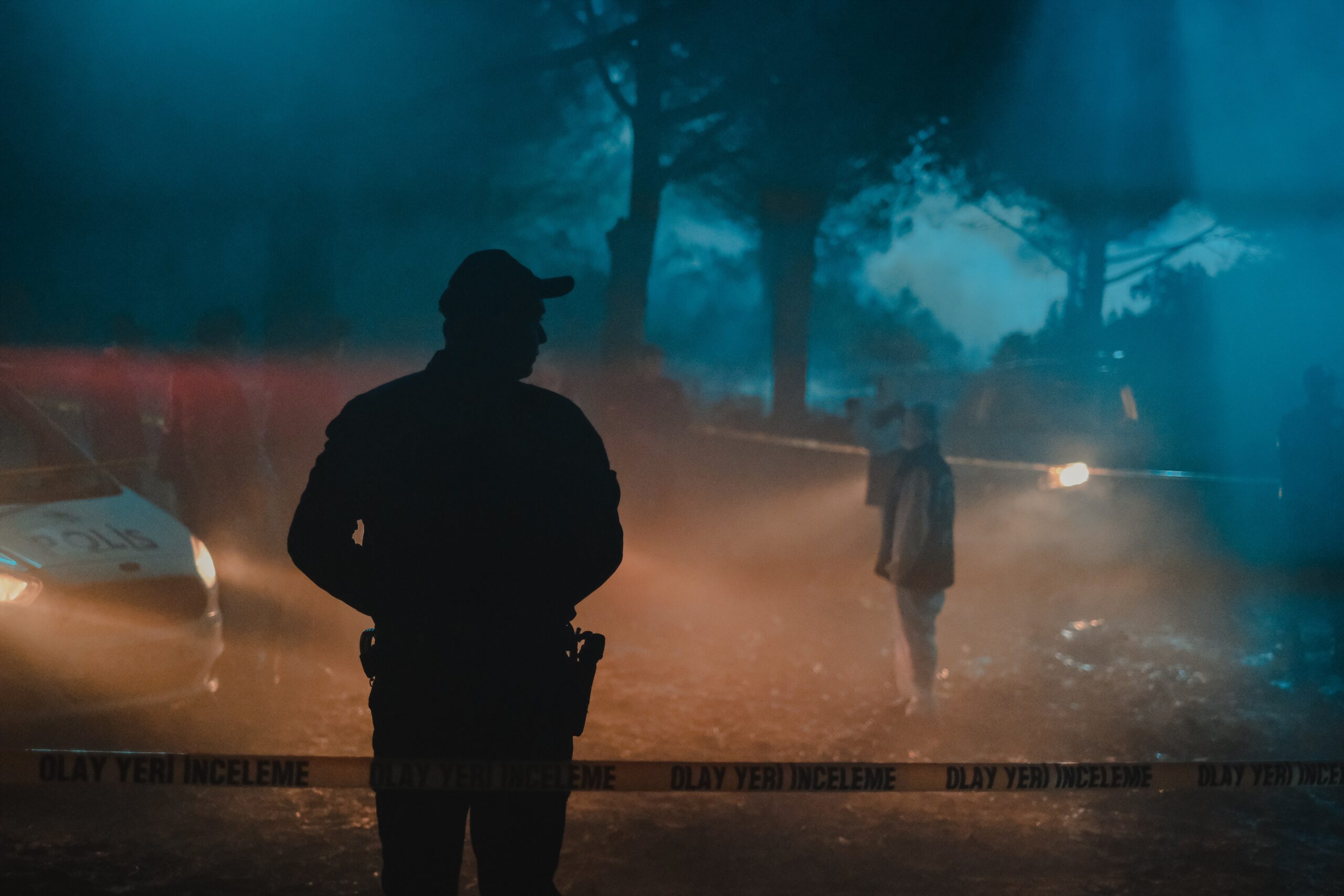Last Updated on February 8, 2022 by Nyayik Vigyan
A death in custody is a death of a person in the custody of the police. Custodial violence is a dark reality in our democratic country governed by the rule of law. They systematically violate their powers and employ torture as part of their investigation process but the poor, the deprived classes, women & political activists are the worst victims of police brutality.
The huge pendency of cases in Indian courts of law and mention the prevalence of 3rd degree as an accepted form of custodial torture in India. This is sad but that true reality of our country. The police officer during interrogation had fewer oral questions than more stick techniques used to it.
![]()
A total of 1731 people died in custody in India during 2019. This works out to almost 5 such deaths daily, according to a report by a rights group. Timed with the international day in support of victims of torture, India: Annual report on torture 26 June 2019 said 1606 of the deaths happened in judicial custody & 125 in police custody.
Out of the 125 deaths in police custody,
UP topped with 14 deaths, followed by Tamil Nadu and Punjab with 11 deaths each and Bihar with 10 deaths. The report published on the National Campaign Against Torture (NCAT)
Reason for Deaths
93 persons (74.4%) died due to alleged torture or foul play, while 24 (19.2%) died under suspicious circumstances in which the police cited, suicide (16), illness (7), injuries (1) and custodial death of 5 others reason were unknown the report said
- Torture method used in 2019 included
- Hammering iron nails in the body (Bihar)
- Applying roller on legs & burning (J&K)
- Falanga where insoles of the feet are beaten (Kerala)
- Stretching legs apart in the opposite side (Kerala)
- Hitting in private parts (Haryana) said NCAT director Paritosh Chakma.
Other methods of torture included:
- Electric shock, pouring petrol or applying chili powder on private parts
- Beating while handcuffed
- Pricking body with needles
- Branding with a hot iron rod
- Beating after stripping, urinating in mouth, inserting a hard-blunt object into the anus
- Beating after hanging upside down with hands & legs tied, forced to perform oral sex
- Pressing fingernails with pliers
- Beating with iron rods after a victim is suspended between two tables with hands and legs tied and
- Kicking the abdomen of a pregnant woman.
The NCATs analysis revealed 75 (60%) of these 125 belonged to the poor and marginalized communities.
13 from Dalit & tribal communities and 15 were Muslims, 35 were picked up for petty crimes,
3 them were farmers, 2 security guards, 2 drivers, a labourer, a rag picker, and refugee.
Women continued to be tortured or targeted for sexual violence in custody & victims often belonged to the weaker sections. In 2019 the death of at least 4 women in police custody was reported, the NCAT said.
According to (NCRB) National Crime Records Bureau data, between 2001 and 2018 only 26 policemen were convicted of custodial violence despite 1727 such deaths being recorded in India. Except in UP, MP, Chhattisgarh & Odisha, no policemen were convicted for such deaths across the country.
Most of the custodial deaths were attributed to reason other than custodial torture, which included suicide and death in hospitals during treatment.
The Reason Behind the Custodial Deaths
Absence of Strong Legislation: India does not have anti-torture legislation and is yet to criminalize custodial violence, while action against culpable officials remains illusory.
The Indian state either denies the existence of torture in the country of defends its resistance to enact a law by claiming there are sufficient provisions in the domestic legal framework to prohibit and penalize torture.
India does not have an anti-torture law. The prevention of torture bill was passed by the Lok Sabha in 2010 to address the problem, but it lapsed after it was referred to a select committee in the Rajya Sabha. The law commission, to which the question was referred in July 2017, produced a report within 3 months. It submitted a draft bill for the government’s consideration.
Absence of Strong Legislation: India does not have anti-torture legislation and is yet to criminalize custodial violence, while action against culpable officials remains illusory.
The Indian state either denies the existence of torture in the country of defends its resistance to enact a law by claiming there are sufficient provisions in the domestic legal framework to prohibit and penalize torture.
India does not have an anti-torture law. The prevention of torture bill was passed by the Lok Sabha in 2010 to address the problem, but it lapsed after it was referred to a select committee in the Rajya Sabha. The law commission, to which the question was referred in July 2017, produced a report within 3 months. It submitted a draft bill for the government’s consideration.
- Institutional Challenges: the entire prison system is inherently opaque giving less room to transparency. India also fails in bringing the much-desired prison reforms and prisons continue to be affected by poor conditions, overcrowding, acute manpower shortages, and minimal safety against harm in prisons.
- Excessive Force: the use of excessive force including torture to target marginalized community and control people participating in movements or propagating ideology which the state perceives as opposed to its stature.
- Not Adhering to International Standard: India has signed the UN convention against torture in 1997.
Constitutional and Legal Provisions
Protection from torture is a fundamental right enshrined under Article 21 (right to life) of the Indian constitution. The right to counsel is a fundamental right under Article 22(1) of the Indian constitution.
Section 41 of CrPC was amended in 2009 to include safeguards under 41A, 41B, 41C & 41D so that arrests and detentions for interrogation have reasonable grounds and documented procedures, arrests are made transparent to family, friends, and public. There is protection through legal representation.
Conclusion
90% of states had no objection for a special law on torture and the National human rights commission itself had strongly supported the need for such a law.
India Should Ratify the UN Convention Against Torture: it will mandate a systematic review of colonial rules, methods, practices, and arrangements for the custody and treatment of persons subjected to any form of arrest, detention or imprisonment.
Police Reforms: guidelines should also be formulated on educating and training officials involved in the cases involving deprivation of liberty because torture cannot effectively prevent crimes.
Access to Prison: unrestricted and regular access to independent and qualified persons to places of detention for inspection should be allowed.
CCTV cameras should be installed in police stations including in the interrogation rooms. Surprise inspections by non-official visitors should be made mandatory which would act as a preventive measure against custodial torture which has also been suggested by SC in its landmark judgment in the DK Basu case in 2015.
Implementation of Law Commission of India’s 273rd Report: the report recommends that those accused of committing custodial torture to be it policemen, military, Paramilitary personnel should be criminally prosecuted instead of facing mere administrative action establishing as an effective deterrent.
References
- www.insightsoindia.com
- www.studyiq.com
- Custodial death & judicial response in India chapter 9 book
















Leave a Reply